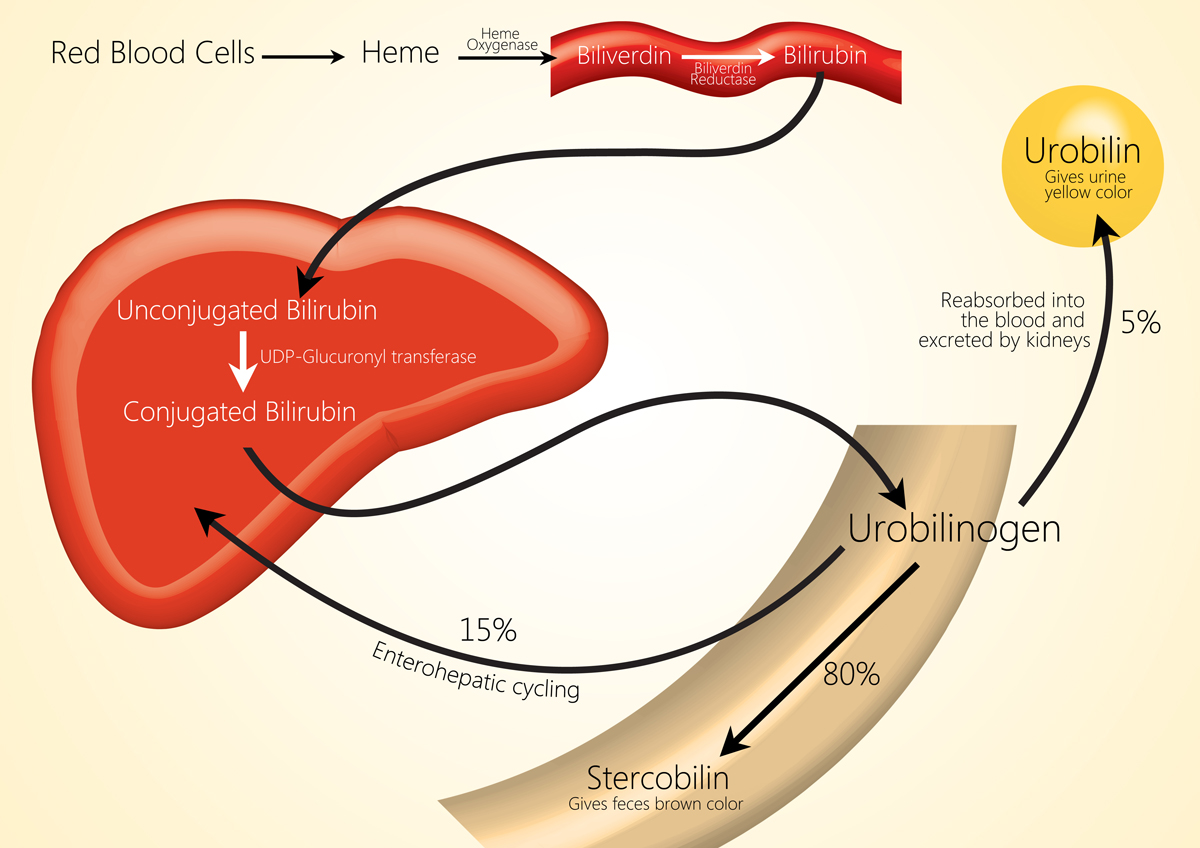WBR0658: Difference between revisions
Jump to navigation
Jump to search
Rim Halaby (talk | contribs) (Created page with "{{WBRQuestion |QuestionAuthor={{Rim}} |ExamType=USMLE Step 1 |MainCategory=Pathophysiology, Physiology |SubCategory=Gastrointestinal |MainCategory=Pathophysiology, Physiology ...") |
Rim Halaby (talk | contribs) No edit summary |
||
| Line 21: | Line 21: | ||
|SubCategory=Gastrointestinal | |SubCategory=Gastrointestinal | ||
|Prompt=A 45 year old man admitted to the hospital for work-up of severe painless jaundice and icterus is found to have a massive obstructive pancreatic head mass almost completely closing the bile duct lumen. Which of the following patterns would you expect in this patient? | |Prompt=A 45 year old man admitted to the hospital for work-up of severe painless jaundice and icterus is found to have a massive obstructive pancreatic head mass almost completely closing the bile duct lumen. Which of the following patterns would you expect in this patient? | ||
[[Image:BilirubinWBR.png|700px]] | |||
|Explanation=[[Image:Bilirubin_metabolism.jpg|800px]] | |||
|AnswerA=A | |||
|AnswerAExp=This pattern is usually not seen. | |||
|AnswerB=B | |||
|AnswerBExp=This pattern is typical of obstructive jaundice. | |||
|AnswerC=C | |||
|AnswerCExp=This pattern is usually not seen. | |||
|AnswerD=D | |||
|AnswerDExp=This pattern is usually not seen. | |||
|AnswerE=E | |||
|AnswerEExp=This pattern is typical of hemolytic type jaundice. | |||
|RightAnswer=B | |||
|WBRKeyword=Obstructive jaundice, Bilirubin, | |||
|Approved=No | |Approved=No | ||
}} | }} | ||
Revision as of 07:16, 24 October 2013
| Author | [[PageAuthor::Rim Halaby, M.D. [1]]] |
|---|---|
| Exam Type | ExamType::USMLE Step 1 |
| Main Category | MainCategory::Pathophysiology, MainCategory::Physiology |
| Sub Category | SubCategory::Gastrointestinal |
| Prompt | [[Prompt::A 45 year old man admitted to the hospital for work-up of severe painless jaundice and icterus is found to have a massive obstructive pancreatic head mass almost completely closing the bile duct lumen. Which of the following patterns would you expect in this patient? |
| Answer A | AnswerA::A |
| Answer A Explanation | AnswerAExp::This pattern is usually not seen. |
| Answer B | AnswerB::B |
| Answer B Explanation | AnswerBExp::This pattern is typical of obstructive jaundice. |
| Answer C | AnswerC::C |
| Answer C Explanation | AnswerCExp::This pattern is usually not seen. |
| Answer D | AnswerD::D |
| Answer D Explanation | AnswerDExp::This pattern is usually not seen. |
| Answer E | AnswerE::E |
| Answer E Explanation | AnswerEExp::This pattern is typical of hemolytic type jaundice. |
| Right Answer | RightAnswer::B |
| Explanation | [[Explanation:: Educational Objective: |
| Approved | Approved::No |
| Keyword | WBRKeyword::Obstructive jaundice, WBRKeyword::Bilirubin |
| Linked Question | Linked:: |
| Order in Linked Questions | LinkedOrder:: |
